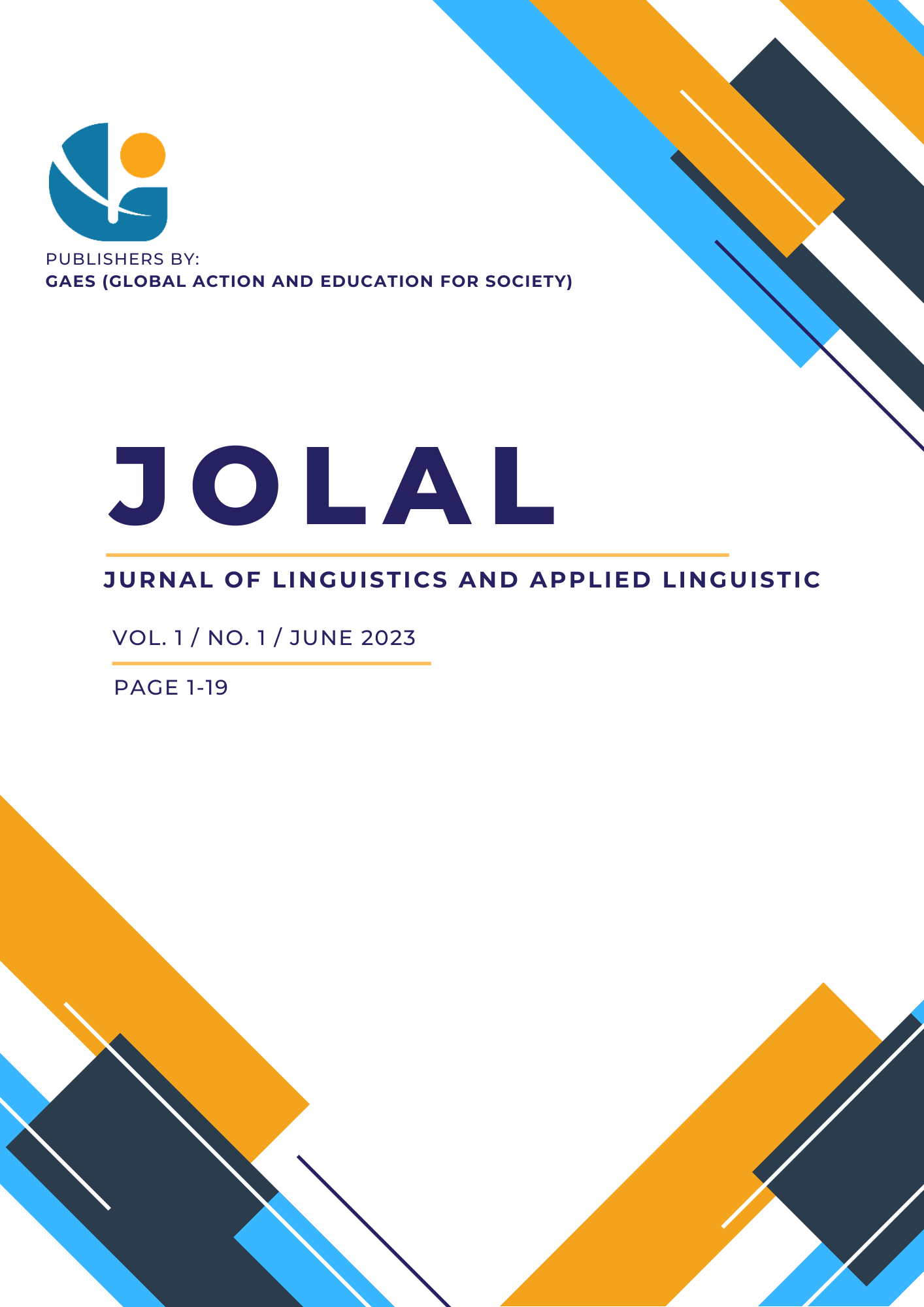The Relationship Between The Intensity of Accessing Social Media and Interest in Learning English During The Covid-19 Pandemic
Keywords:
online learning, learning interest, covid-19, social media, intensityAbstract
Covid-19 has changed all aspects of life in the world, and education is no exception. The implementation of social restrictions, not allowing crowds, and limiting activities outside the home inevitably have a significant impact on the world of education, especially in Indonesia. Learning activities that are generally carried out using direct face-to-face methods must be changed to non-face-to-face methods or known as online (in the network). Through this learning method, lecturers and students simply meet through online/virtual media so that they are preoccupied with activities related to gadgets and social media. The higher intensity of accessing social media during online learning certainly has an impact on students' interest in participating in learning activities. Based on this background, this research was conducted, which focuses on four problem formulations. First, the amount of time spent by students in accessing social media within 24 hours (a day). Second, how much English vocabulary comes out in social media posts. Third, the impact of social media in adding English vocabulary, and the last is the attractiveness of social media posts in helping students' interest in learning English mastery. The method used was questionnaire data collection. The population in this study were D-4 English students for Professional Business Communication at Malang State Polytechnic, Class of 2021.Based on this data, it can be seen that in accessing social media (within 24 hours), 60% of them spend 3-5 hours, 20% spend 5-7 hours, 15% spend more than 7 hours and 5% of them spend 2-3 hours.Then 65% of them often find English vocabulary on their social media homepage, 30% of their social media are all in English, and 5% find more than 10 English vocabulary on their social media homepage.
Downloads
References
Asmuni, A. (2020). Problematika Pembelajaran Daring di Masa Pandemi Covid-19 dan Solusi Pemecahannya. Jurnal Paedagogy, 7(4), 281. https://doi.org/10.33394/jp.v7i4.2941
Basar, A. M. (2021). Problematika Pembelajaran Jarak Jauh Pada Masa Pandemi Covid-
Edunesia: Jurnal Ilmiah Pendidikan, 2(1), 208–218. https://doi.org/10.51276/edu.v2i1.112
Fuadi, T. M., Musriandi, R., & Suryani, L. (2020). Covid-19 : Penerapan Pembelajaran Daring Di Perguruan Tinggi. Jurnal Dedikasi Pendidikan, 4(2), 193–200.
Handarini, O. I., & Wulandari, S. S. (2020). Pembelajaran Daring Sebagai Upaya Study From Home (SFH) Selama Pandemi Covid 19. Jurnal Pendidikan Administrasi Perkantoran (JPAP), 8(3), 465–503.
Musyafa'ah, L., & Dzulkarnain, D. (2023). Application of Interpersonal Communication with an Andragogical Approach in Improving the English Competence of Dhuafa Orphans. SPEKTRUM: Jurnal Pendidikan Luar Sekolah (PLS), 11(1), 92-99.
Musyafa'ah, L. (2017). THE APPLICATION OF ANDRAGOGY APPROACH WITH INTERPERSONAL COMMUNICATION IN ENGLISH COMPETENCY ACHIEMENT. In Proceeding the International Conference on Education Innovation (Vol. 1, No. 1, pp. 464-469).
Musyafa’ah, L., Kaserero, S., & Jihan, F. N. (2024). Implementation of servant leadership at LKP Quali International Surabaya (QIS). At-Ta'lim: Jurnal Pendidikan, 10(2), 211-217.
Downloads
Published
How to Cite
Issue
Section
License
Copyright (c) 2021 Cinara Asyl Gros Talent, Elsa Amalia Kartika Putri, Tri Septi Hari Nikita

This work is licensed under a Creative Commons Attribution-NonCommercial 4.0 International License.
Journal of Practice Learning and Educational Development is licensed under a Creative Commons Attribution 4.0 International License. This permits anyone to copy, redistribute, remix, transmit and adapt the work provided the original work and source is appropriately cited.







